Newsroom: College of Architecture and Planning
-
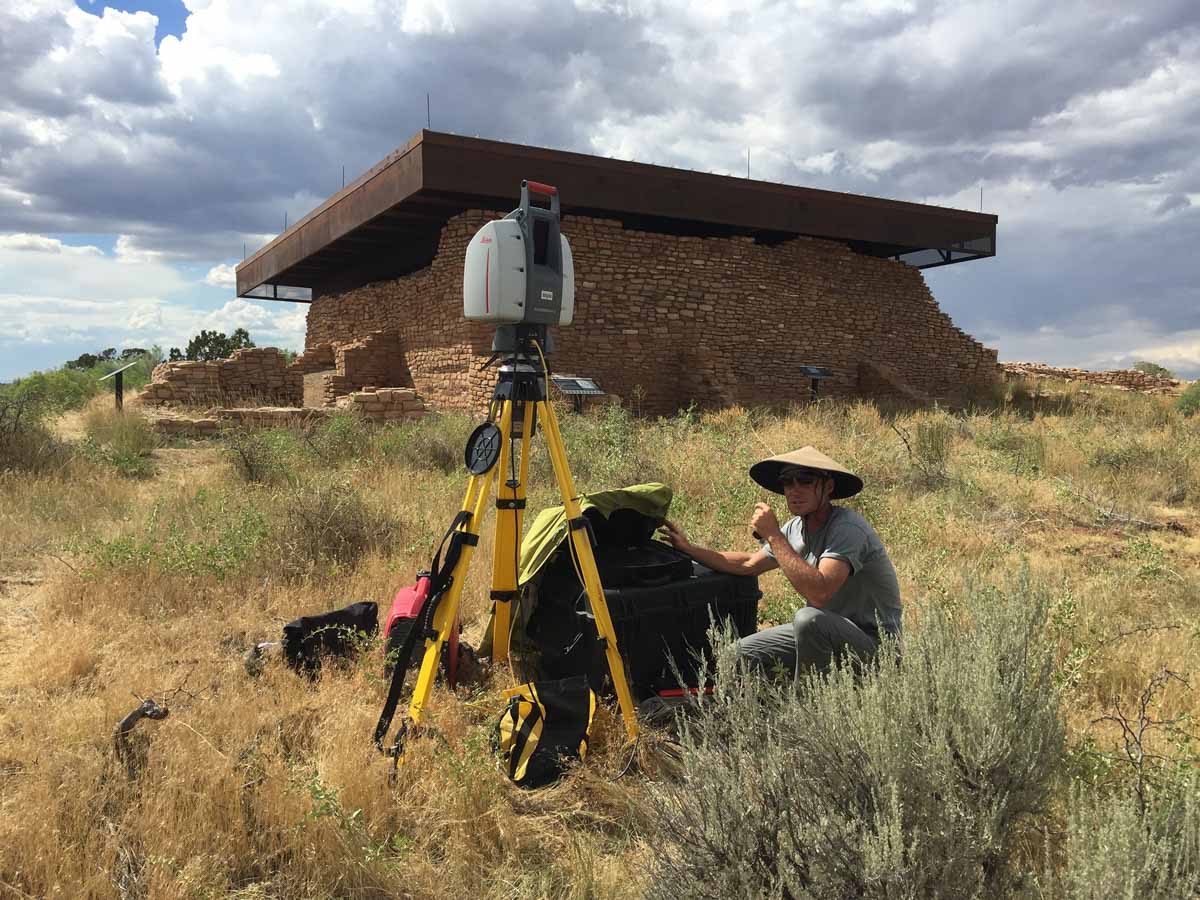
Center of Preservation Reseach wins 2019 Hart Award
Jan 31, 2019 byCoPR was awarded a 2019 Stephen H. Hart Award for Historic Preservation for the documentation of prehistoric architecture at Lowry Pueblo.Full story -
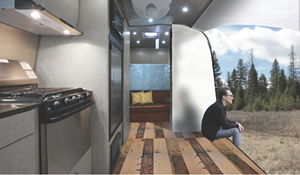
AIRSTREAM DESIGNS PUBLISHED
Sep 17, 2018 byStudent designs for the Airstream trailer of the future for Professor of Architecture Keith Loftin’s Studio V in fall 2016 were published in Airstream Life in the Spring 2017 issue.Full story -
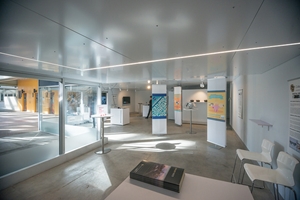
NEXT STAGE COLLABORATIVE
Sep 17, 2018 byMaster of Architecture students in the Colorado Building Workshop course in fall 2016 taught by Assistant Professor of Architecture Rick Sommerfeld were part of the redesign and build-out of a new exhibition space at the Denver Performing Arts Complex, in a partnership between CU Denver and Denver Arts & Venues.Full story -
URBAN & REGIONAL PLANNING STUDENTS WORK ON WALK-ABILITY ASSESSMENTS OF DENVER NEIGHBORHOODS
Sep 17, 2018 byIn fall 2016, students worked with Ken Schroeppel, assistant professor clinical teaching track of urban and regional planning, on walkability assessments of Denver neighborhoods in partnership with WalkDenver.Full story -
Etkin Johnson Student Scholars
Sep 17, 2018 byFour second-year Master of Urban and Regional Planning (MURP) students were selected for the 2018 Etkin Johnson ULI Colorado Student Scholarship Program.Full story -
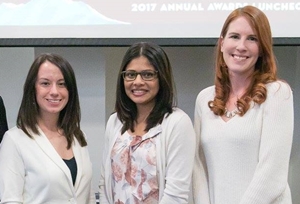
MURP STUDENTS WIN WOMEN'S TRANSPORTATION SEMINAR SCHOLARSHIPS
Sep 17, 2018 byMaster of Urban and Regional Planning students and an alumna were honored at the Women’s Transportation Seminar (WTS) Colorado’s 2017 Awards Luncheon. Molly Veldkamp, AICP (MURP 2008), Senior Associate at Fox Tuttle Hernandez Transportation Group, was awarded Member of the Year.Full story -
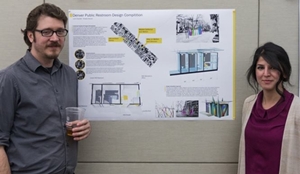
AIAS PUBLIC RESTROOM DESIGN COMPETITION
Sep 17, 2018 byOur students take on creative challenges! The American Institute of Architecture Students (AIAS) University of Colorado Denver Chapter partnered with the City of Denver Department of Public Works on a competition to create designs for new fixed public restrooms.Full story -
Women in Transportation
Sep 17, 2018 byThree students in the Transit Planning course taught by Carrie Makarewicz, assistant professor of urban and regional planning, volunteered at the first annual “Transportation Girl” event on September 7, 2017, representing the field of transportation planning.Full story -
Predicting Gentrification: Paper Published
Sep 17, 2018 byResearchers have determined many of the factors that make neighborhoods susceptible to gentrification, but we know less about why some gentrification-susceptible neighborhoods gentrify and others do not.Some studies claim that internal neighborhood features such as historic housing stock are the most powerful determinants of gentrification,whereas other studies argue that a lack of strong affordable housing policies is the primary driver of neighborhood change. In this article, we move beyond a focus on singular determinants to recognize the interplay between these variables. We develop a socioecological model of gentrification in which we characterize neighborhood change as shaped by nested layers we categorize as people (e.g., demographics), place (e.g., built environment), and policy (e.g., housing programs). We then test the model in the five largest urban regions in the United States to begin to determine which variables within the people, place, and policy layers best predict whether a neighborhood will gentrify.Full story